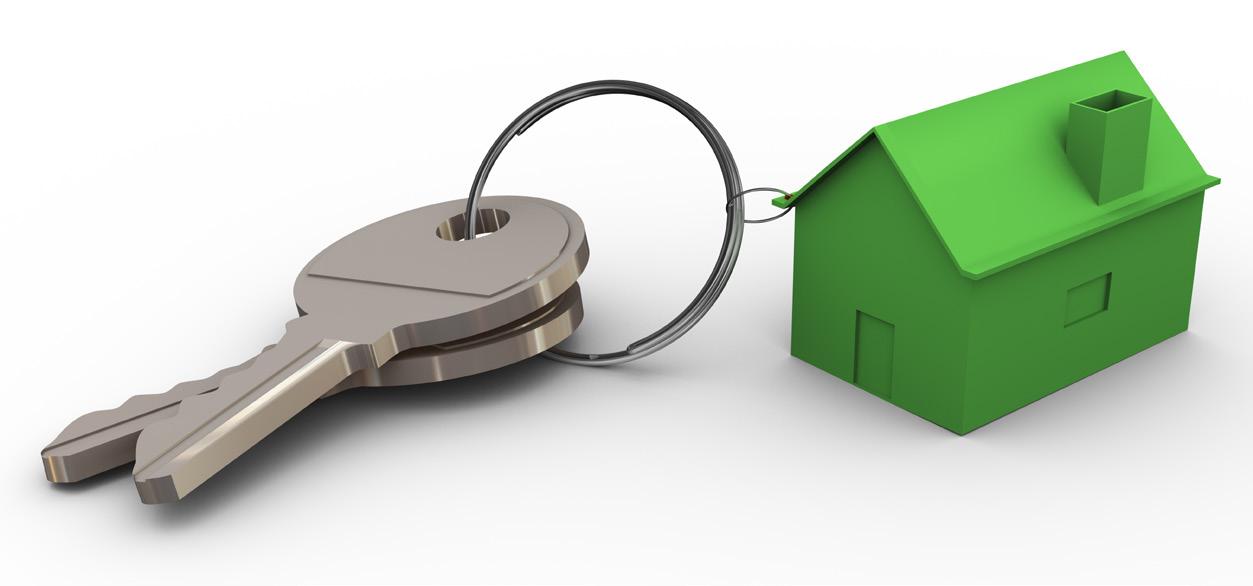
6 minute read
US households sinking in debt
If Correspondent
A Federal Reserve report showed that the United States household debt reached a record high of USD 16.15 trillion in the second quarter, driven primarily by a USD 207 billion increase in mortgage balances. Credit card and auto loan debt also raised as consumers increase their borrowing to deal with skyrocketing inflation. According to the New York Fed's quarterly household debt report, overall delinquency rates increased moderately for all debt types, with credit card and auto loan delinquencies "creeping up," notably in lower-income areas.
The report states that mortgage debt had grown to USD 11.39 trillion. The origination of purchase mortgages increased by 7% in the second quarter as a result of increased borrowing limits. The US central bank started raising interest rates in March as it ended the easy money policies it had maintained during the worst of the COVID-19 pandemic to safeguard an economy that had been severely harmed by lockdowns and other protective measures.
Since then, the Fed's benchmark overnight lending rate has been increased by 225 basis points as a result of persistently high inflation that has reached four-decade highs. The goal range for that rate is now between 2.25% and 2.50%. The central bank is expected to continue raising interest rates for the rest of the year in an effort to stop the inflation that is draining Americans' wallets. Over the past two and a half years, prices for expensive commodities like homes and cars have risen sharply as demand has outpaced supply. As a result, the average new purchase origination dollar amount for both of those goods has increased by 36% since 2019.
The invasion of Ukraine by Russia led to an increase in global food and energy prices. According to the New York Fed, total household debt in the United States has increased by more than USD 2 trillion since the fourth quarter of 2019, right before the pandemic started. In the second quarter, credit card balances rose by USD 46 billion, ranking among the highest the Fed has seen since 1999, while auto loan originations increased by USD 33 billion to USD 199 billion. According to the research, this was mostly due to higher origination rates per loan as opposed to a bigger number of loans.
"All debt types saw sizable increases, with the exception of student loans. In part, the growth in each debt type reflects increased borrowing due to higher prices," the regional Fed bank's researchers said. The average contract rate on a 30-year fixed-rate mortgage has shot up by more than 240 basis points since the turn of the year to levels not seen since 2008, according to the Mortgage Bankers Association. It now stands at 5.74%.
New York Fed researchers said on a call that delinquency rates were increasing to more typical pre-pandemic levels seen in 2019 that are still historically low. "But we have to keep an eye on that because if they rise above that we'll be a little more concerned about the state of household balance sheets. The concern is where we are heading," New York Fed researchers said.

Consumers' credit soaring?
Americans have racked up record-high credit card debt. According to the doomsayers, this demon-
Number of households in the US from 2015 to 2022 (in millions) strates unequivocally how difficult it is for households to make ends meet in the face of the highest inflation rates since the early 1980s. The truth is not quite so bad. Consumers have a long runway until mounting debt commitments become an issue because their finances are actually in some of the greatest shapes they have ever been in. It is simple to comprehend anxiety. According to data from the Federal Reserve, there have been four of the largest monthly increases in consumer credit on the record. Over the last six months, outstanding balances have increased by an average of USD 33.1 billion each month. To put that into perspective, the monthly average for all of 2019 was USD 15.4 billion, or slightly less than half that sum. Although the figures are indeed startling, there are signs that they are largely healthy and normal.
First, think about revolving credit, such as credit cards. Early in the COVID-19 pandemic, this type of financing rapidly declined as customers used extra savings and stimulus money to settle bills rather than spending since they had fewer options. As long as the quantity of revolving
Average sales price of new homes sold in the United States from 2015 to 2022
Homeownership rate in the United States from 2015 to 2022

credit outstanding stays below the pre-pandemic trend line, consumers will primarily just be playing catch-up. The financial system as a whole isn't even close to that degree now, but if it bursts past the trend that would suggest wider inflation-induced trouble. Of course, many households with lesser incomes are impacted by the sharp increase in costs and are being compelled to use their credit cards. But there are no indications that a widespread debt issue is developing that could harm the economy.
The situation with non-revolving credit is a little different. That includes financing for other expensive items like boats and trailers, which saw an increase in popularity during the pandemic. The majority of those loans are for education and cars. Automobiles, which make up 39% of non-revolving credit and 30% of consumer credit, appear to be the main culprit for the category's pandemic-era expansion that outpaces the trend. Put that down to the startling rise in car prices in 2021 and, possibly to some extent, the increased interest in car ownership brought on by concerns about public health. Many people who earlier used public transportation now choose to drive because it offers better social isolation.
Although considerably smaller than the auto sector, the other category of non-revolving loans, which includes the aforementioned maritime toys, was the true driving force behind the loan increase. Early in the COVID-19 pandemic, boating interest skyrocketed in coastal areas as a result of social distance rules. However, that category is too small to have a significant effect. Additionally, boat owners often don't live paycheck to paycheck, so exclude that possibility from the list of potential causes of a structural leverage crisis. The non-revolving credit segment would contain any cause for concern in the consumer credit data. However, that segment's growth reached its apex earlier in the year and began to moderate in the most recent report.
Finally, the household debt service ratio, which measures how much of a household's income is used to pay off debt, is at or near historic lows. That's because there will be opportunities to refinance debt at cheap rates in 2020 and 2021, as well as because the government poured in trillions of dollars during the COVID-19 outbreak. Even if
Consumer spending in US from 2nd quarter of 2021 to 4th quarter of 2022
Value of household savings in the United States from 2015 to 2022

inflation is terrible, homeowners with fixed-rate mortgages—which make up the vast majority of home loans—might have benefited from pay raises while their greatest liabilities stayed the same or were renegotiated at lower rates. Even when you combine credit card debt with mortgage debt, the overall load is still incredibly low.
Household debt history
Historical data might shed light on the current condition. Since the middle of the 1980s, the ratio of household debt to total disposable income has increased significantly. By the turn of the century, the percentage had risen from 60% to 130%. This excessive family debt was a major cause of the financial catastrophe in 2008.
After fast declining from its 2008 peak, household debt stood at around 92% by the time of the pandemic. In a report for Barons, economist J.W. Mason makes the case that this growth in debt was actually caused by high-interest rates set by Fed Chairman Paul Volker in the 1980s rather than an increase in borrowing. Mason claims, “With higher rates, a level of spending on houses, cars, edu- cation and other debt-financed assets that would previously have been consistent with a constant debt-income ratio, now led to a rising one.”
After the 2008 financial crisis, interest rates were low. Household debts decreased as a result of this, along with decreased borrowing and defaults. Contrary to common assumption, higher interest rates combined with excessive borrowing appear to be the main contributors to today's rising debt burden rather than excessive borrowing alone. Mason comes to the conclusion that a decrease in borrowing and low-interest rates is both necessary for a decrease in household debt. The Fed's evident commitment to continuing rate hikes suggests that household debt will increase in the near- to medium-term.










